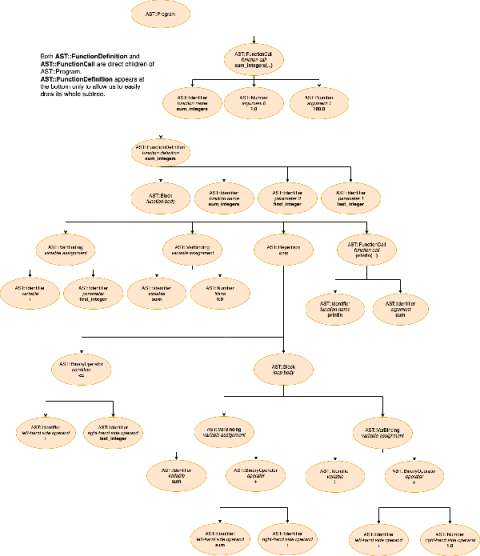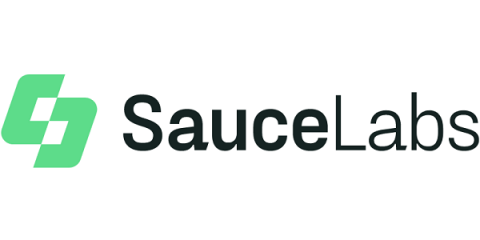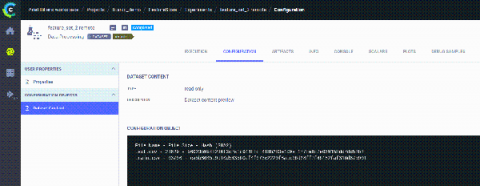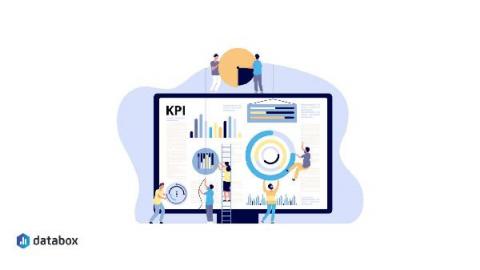Systems | Development | Analytics | API | Testing
Latest Blogs
Building a Programming Language in Ruby: The Interpreter, Part 2
This article is the next in our series about building a toy programming language in Ruby. Alex Braha Stoll shows us how to implement the interpreter for function definitions, variable declarations, and more.
Android UI testing with AWS Device Farm and Bitrise
A hands-on article about how to build and test your Android app on physical devices on the cloud with Espresso, AWS Device Farm, and Bitrise.
Why You Need a REST API
Defining The Value That APIs Deliver To Your API Ecosystem
The CIO's Future Vision for the Digital Core - Adopting Application-First Infrastructure
Amid the rapid pace of change felt by organizations this year, it’s no surprise that digital transformation projects have been high on the agenda for CIOs across the globe. To achieve both their organizational and transformation goals and become digitally agile as a result, CIOs are often tasked with creating the conditions needed to enable an intelligent and flexible digital core.
Write Great Cucumber Tests
Behavior-driven development (BDD) is an Agile software development process encouraging collaboration between developers, QA and non-technical participants in a software project. Cucumber is an example of a JavaScript (JS) methodology that enables BDD. It helps to lay a test automation foundation by embracing coding standards and design patterns that will be used in the automation development process.
Data management is ALL THE RAGE!
Everyone wants to manage their data, and if it’s a feature store, even better! But for optimal data management, we must first discuss lightweight zero upfront setup costs and maximizing utility with ClearML-data. ClearML-data mimics the light weightiness of git for data (who doesn’t know git?) and gives it a spin. It is an open-source dataset management tool which is extremely efficient and conveys how we view DataOps and its distinction from git-like solutions, including.
KPI Development: 13 Tips on How to Create KPIs That Reflect Your Strategic Priorities
Getting started with Appium & Bitrise for Android apps
This article is a hands-on guide to run Appium UI tests for Android apps. I will explain the integration between Appium and Bitrise and give you useful tips to make the most out of both tools.











